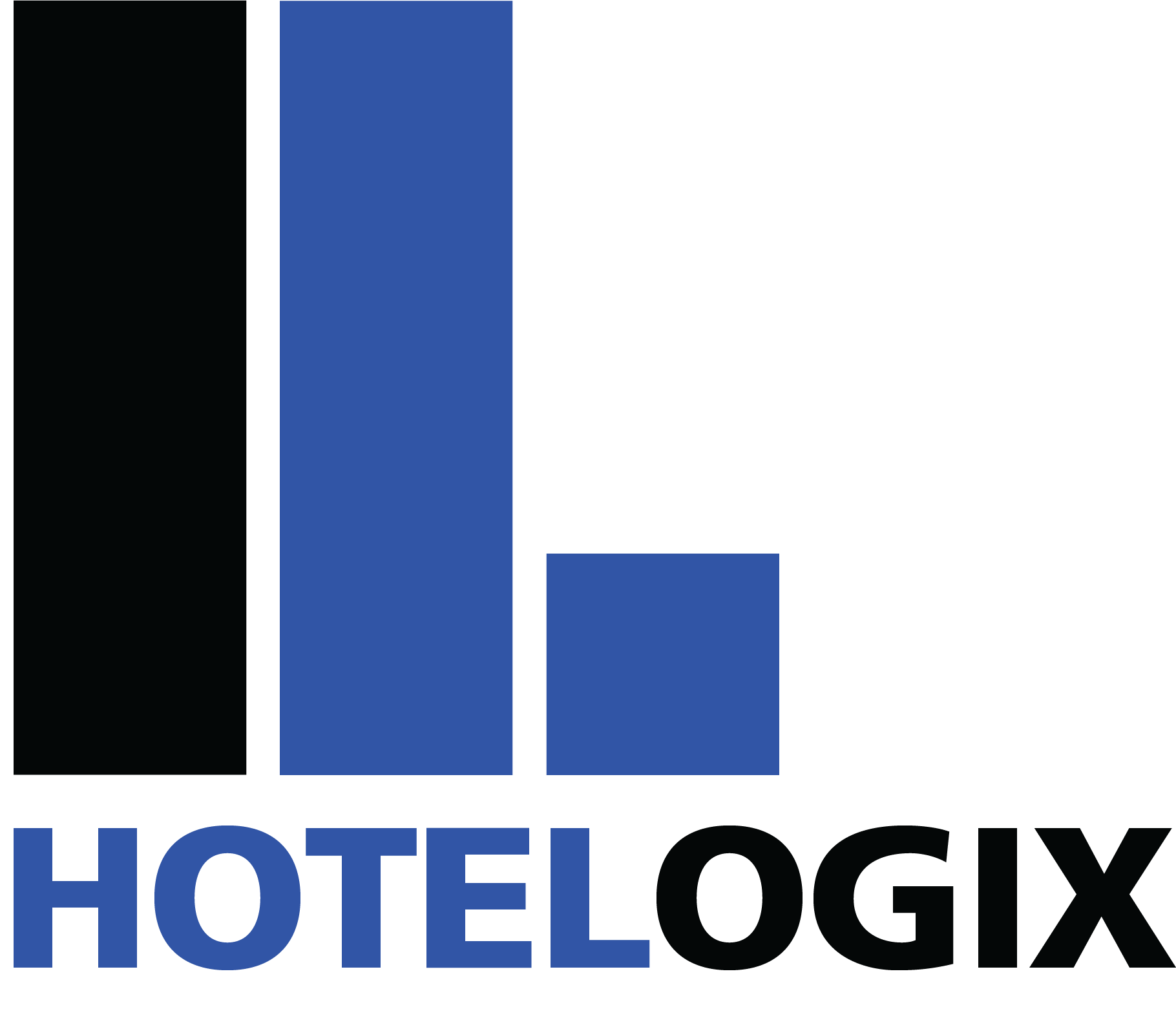As we’ve seen in the post, ‘’Dear hoteliers, high ADR is the key to your hotel’s profitability – not high occupancy!”, hotels experience better profitability when they focus on maximizing revenue generated by each room sold. And while the primary source of revenue at the majority of hotels is room sales, secondary sources of revenue can also make a significant contribution to the bottom line.
Remember that with each department’s revenue model being different, the impact they make on the hotel’s bottom-line will vary based on their expense structure. Let’s take a closer look at the most common profit centers at hotels today and see how they can be optimized for maximum profit (excluding the rooms department).
Food & beverages (F&b)
While about 60-80% of a full-service hotel’s income is generated by room sales, the f&b department typically accounts for around 10-20% of the total revenue. This number is just a generic reflection of the average percentage at most independent hotels and restaurants can be further optimized to earn more. Décor and ambience is a critical part of the ‘dining-out’ experience and diners are massively influenced by their surroundings – investing here cannot be ignored. The staff play an equally, if not more important role. But having well-mannered personnel will count for nothing if they don’t know the daily special or can’t explain certain items on the menu – employees need to be well-versed with the restaurant’s dishes. Another crucial factor is the variety of alcohol – bars should be well-stocked with a diversity of wines and other alcoholic beverages, it’s almost expected at a full-service hotel and adds to the restaurant’s reputation. However, the most important factor influencing the department’s profitability is the person managing the operations – an experienced individual will be capable of better organizing tasks such as staffing and raw material sourcing. With the help of a comprehensive property management system, operations such as folio management and consolidation with room charges can be further streamlined.
Merchandise sales
According to the ‘Accounting & Financial Analysis in Hospitality’ by Jonathon Hales, the average hotel’s gift-shop can contribute as much as 35% to a property’s bottom-line. While the actual percentage experienced by most independent hotels is bound to be far lower, merchandise sales can bring in significant revenue during certain periods – the key is to procure and price products at the right time, not dissimilar for regular room revenue management. For instance, during the premier league season, hotels in England witness a spike in football memorabilia sales at the gift-shop and maintain higher stocks of those products. Similarly, with the Olympics just around the corner, properties in Brazil can capitalize on the Olympic fever by stocking up on country flags, banners, jerseys and other similar products. This isn’t restricted to sports events – by planning out the calendar and marking special festivals such as Christmas, New Years, Easter and so on, hotels can sell themed items to increase sales during these periods.
Revenue coming from these additional sources can have quite an impact on the hotel’s bottom-line and in turn, profitability. Unfortunately RevPAR – one of the most commonly used indexes in the industry today – does not account for revenue generated by these other profit centers. In order to get a clear picture of a hotel’s performance, any measurements must account for not just the revenue generated by room sales, but also other points-of-sale. That’s why the ARPAR is a much better indicator of a hotel’s profitability than the RevPAR, as it also accounts for this additional revenue as well as the costs incurred with room sales. You can learn more about this metric here.
—



